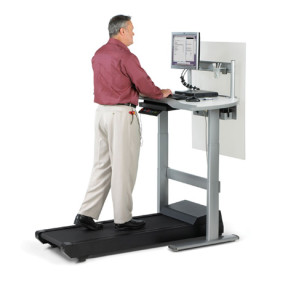
As defined in the dictionary, innovation is simply “making changes in something established, especially by introducing new methods, ideas, or products.” Those blinding flashes of creativity that change the world represent maybe .001% of all innovations. The rest are a combination of hard work and seeing the world just a little bit differently than everyone else.
To de-mystify the innovation process and help you see the world a little differently, here are five “Playing With Your Brain” exercises from my new book, Using Your Brain To Win.
1. Conduct a cold-eye review.
Think about areas, processes or products in your company that have gone unchanged for a long time. Then bring in people from outside that area of expertise to ask questions like:
- How long have you been doing it this way? Why?
- What is one thing you have always wanted to change?
- What is the biggest barrier to the process being more efficient/faster/higher quality…?
- If you were in charge of this area, what’s the first thing you would do differently?
- If you were creating this process/product all over again, what would it look like?
- If money were no object, what tools/equipment/resources would you replace and what advantage would that give you?
2. Change perspectives.
When considering new products, services, or ways of working, prompting your brain with broad questions can help to shift your perspective.
For example, ask employees, “What’s the one thing you’re most concerned will take us down?” Ask a customer, “What is our greatest strength? Are we leveraging it enough in the marketplace?” Ask yourself, “What if a 6-year old was involved? What if I worked for a competitor? What if I had to explain this on a daytime TV talk show? What if I just got hired?”
3. Think like Napoleon.
To innovate, companies must first have a clear vision of winning. To get that clear vision, Napoleon imagined himself on the battlefield before stepping into battle. Conrad Hilton pictured himself owning a hotel before he ever bought one. Dr. Charles Mayo mentally rehearsed performing an operation before he suited up.
So pause for a moment and focus on what winning looks like for your organization. Describe it to yourself with as many details as you can. Who is involved? What are you doing to win? What are the outcomes? How do you feel about winning? Then ask: what do we need to do differently to get there?
Mental rehearsal of this type frees the imagination to roam, to consider different options, and to confront and achieve a new and better future.
4. Pre-think.
Take a deep breath. Get rid of as many distractions as you can. Then ask: what significant changes have we seen in our products, markets, industry, customers or competitors?
Think about how changes over the past six months to several years are impacting your business. What challenges are you facing today, and which ones are you likely to encounter again? What have others experienced that may be coming your way that you need to prepare for? What possibilities and probabilities are out there?
“Pre-think” about how you will react when these challenges and opportunities happen in your sector. Then ponder what you should be considering and exploring now to get ready or, even better, to leap ahead.
5. “What if?” it.
Consider what often gets said in meetings when a new idea or way of doing business is introduced. For example:
- “We can’t raise prices. Customers won’t go for that.”
- “We can’t renegotiate our deal with our suppliers.”
- “There’s no way we can penetrate that market because we’re the little guy.”
Pause for a moment and recognize these as thought bubbles – unspoken assumptions about your customers, business and industry that you automatically believe are “positively, absolutely so.” Then ask, What if….
- I’m wrong? What else might I see?
- There are other possibilities?
- Our competitors see it differently? How would they see it?
- I had to prove myself wrong? What other data might I consider?
- We no longer had to follow these rules? How would we do it differently?
When you suspend your thinking and stop trying to prove yourself right, you’ll be amazed at what else you might see. So get out there, play with your brain, and start innovating!
Call to action: Select one of these “Playing With Your Brain” exercises and put in on the agenda for your next team meeting.








